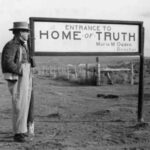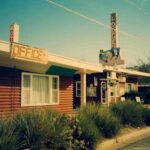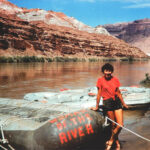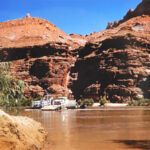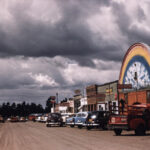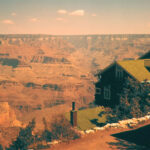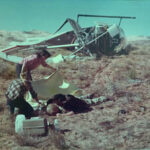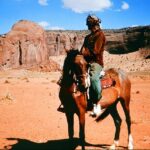
The Zephyr has been posting the remarkable photographs of Edna Fridley for many years. As some of you might recall, Edna’s daughter Marti gave Edna’s entire collection of color slides and journals to The Zephyr in the late 1990s. Her images cover the entire Colorado Plateau, including trips down Glen Canyon before it was flooded by Lake Powell. She became a close friend of legendary river runners, Harry Aleson and Ken Sleight.
But Edna wandered everywhere and she was especially fond of visiting the Navajo Nation. Year after year she took journeys from her home in Brigham City, Utah to iconic landmarks like Monument Valley and Canyon de Chelly. She loved to attend the Navajo Rodeo at Coal Canyon and often attended the Inter Tribal Celebrations that are still held every summer in Gallup, New Mexico. I have many images of those experiences as well, but will save those photos for another time.
Here are some of Edna’s best Kodachrome transparencies of Monument Valley and Canyon de Chelly. Enjoy a ride back in time with Edna Fridley…


